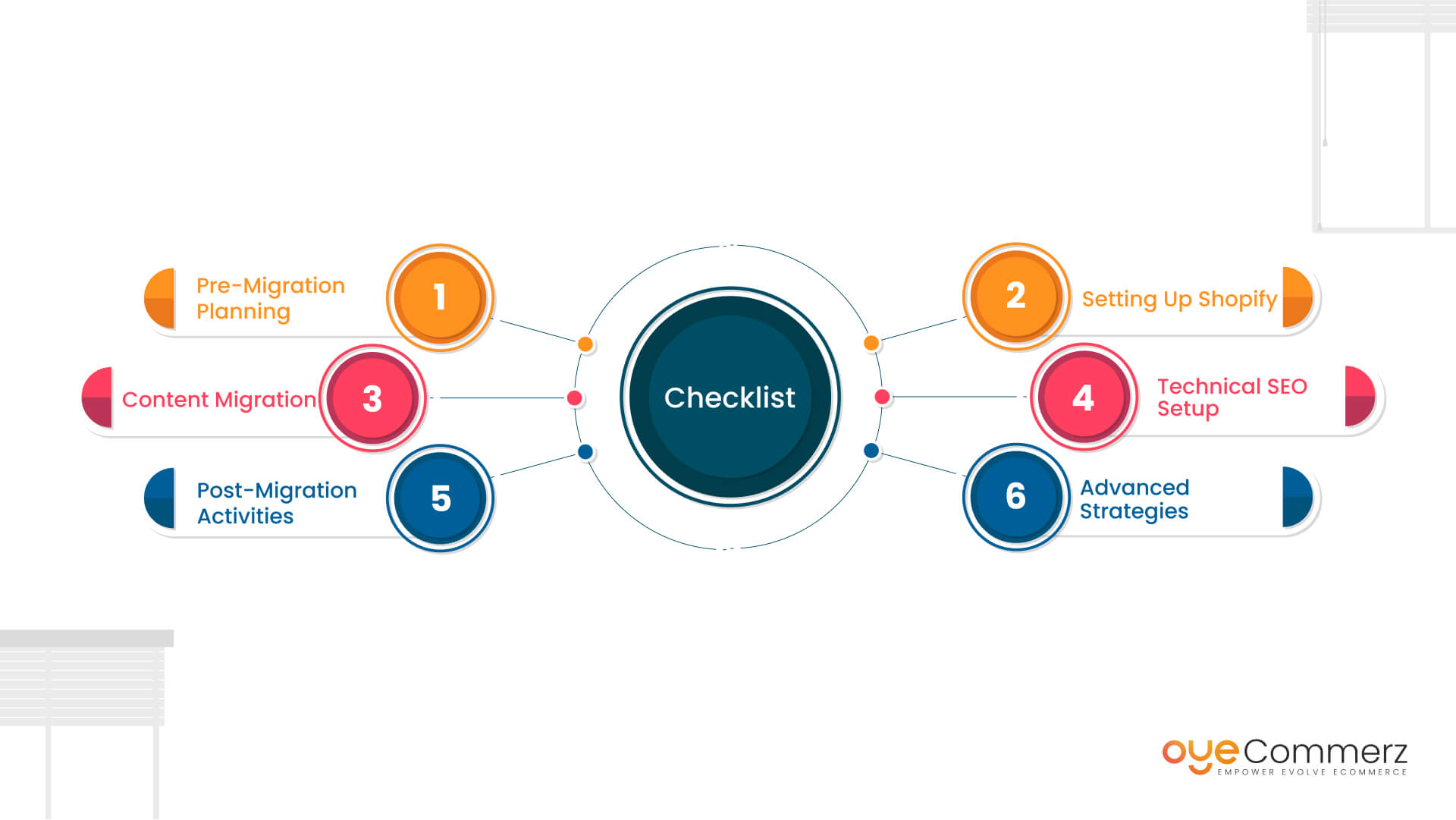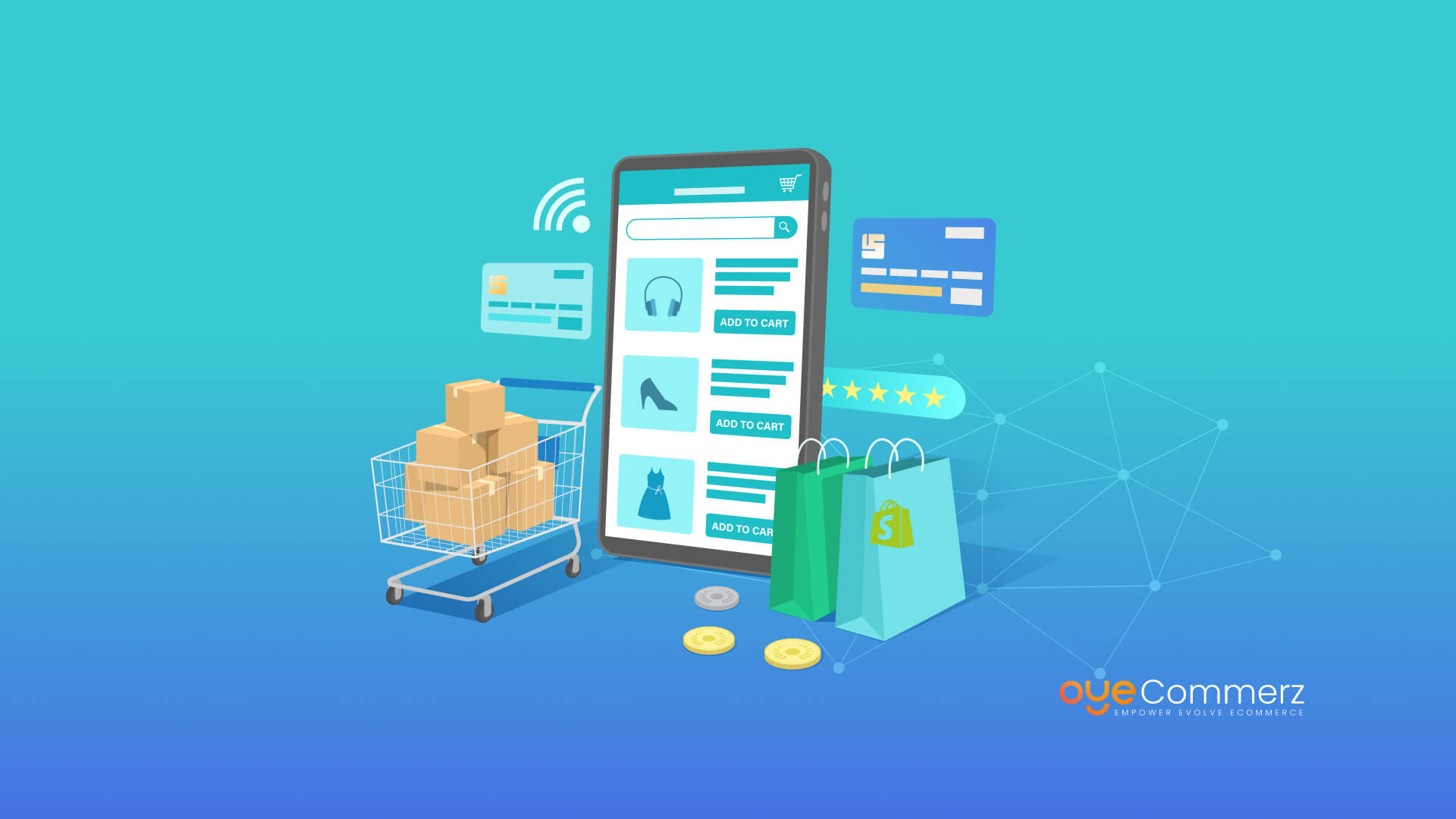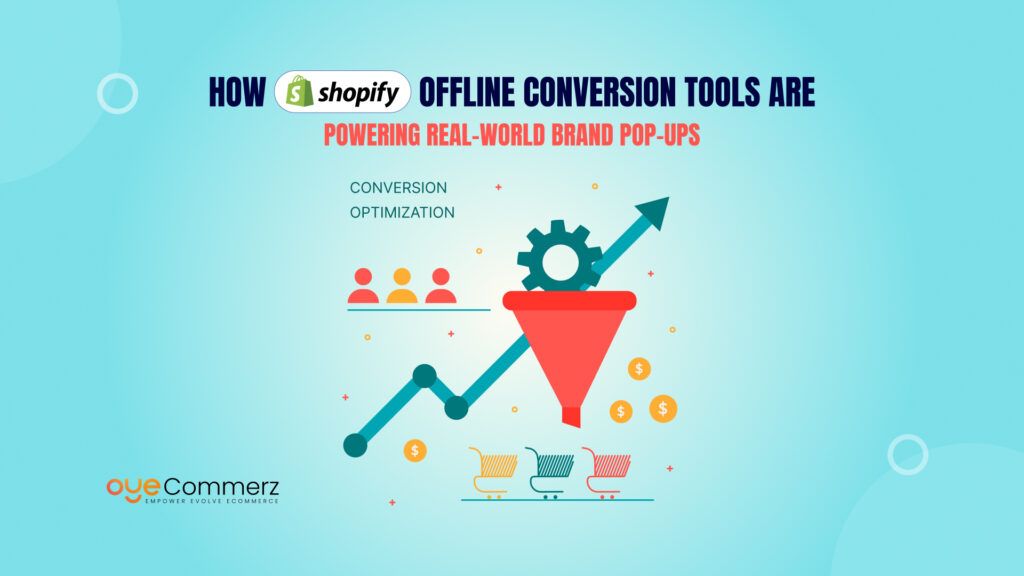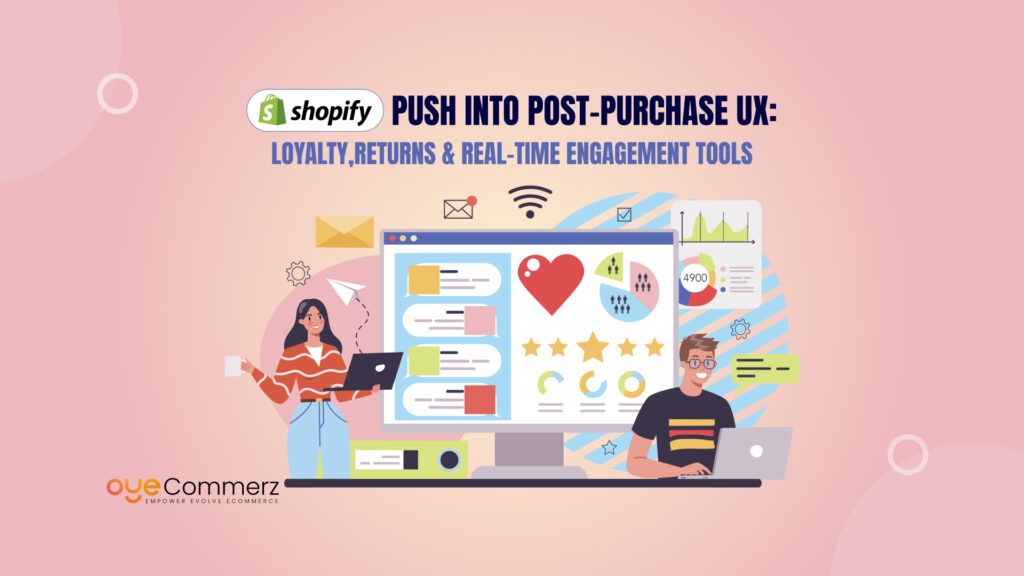Switching from WooCommerce to Shopify can be a huge advantage for your e-commerce organization as it will have a much better structure as compared to WooCommerce. But, such a move can be risky especially when it comes to the value addition aimed at maintaining the coveted SEO rankings. This guide is focused on explaining what an SEO migration is, why it is done, what are the potential issues that can arise on an SEO migration, and a possible SEO migration checklist to avoid most of the situations.
Market Share of Shopify:
Shopify’s offerings have simplified the process for merchants to establish appealing digital storefronts and conduct online sales. It caters to a wide spectrum of businesses, ranging from small pop-up shops to multinational corporations.
As of 2023, Shopify commands a 10% share of the global market, following WooCommerce, Squarespace Online Stores, and WooThemes. In the United States, Shopify’s market share stands at 29% as of 2022.
When considering content management systems (CMS), Shopify ranks among the top five platforms with a market share of 5.5%.
What is a website SEO migration?
Website SEO migration is the process of relocating a website from one domain to another or from one platform to another and at the same time ensuring the website maintains its search engine optimization or SEO value. This process is very important if one is converting from platforms such as Woocommerce to Shopify. Namely, its main purpose is to make the new site as close to the original one in terms of driving organic search traffic and rankings as possible.
SEO migration is not about marching. It involves the practices of migrating meta tags, compliance of URLs from the old site to that of the new site, and setting up of right redirections and the architecture of the new site too should be search engine friendly. To sum up, it is vital to prevent ranking loss because it decreases your site’s visibility and, consequently, its earnings.
Reasons for an SEO Site Migration
Several reasons might necessitate an SEO site migration:
Platform Limitations: But, Shopify offers more scalability and convenience compared to WooCommerce despite the latter being a strong platform. Large-scale businesses which are in search of easier, more efficient software might consider moving to Shopify.
Improved Performance: Shopify has a clearer design its sites load faster and it comes with better hosting solutions. It can enhance the breadth of the relevant platforms for the users and, indirectly, contribute to their SEO positions.
Enhanced Features: Shopify comes equipped with more features and apps that can improve your site’s performance, whether it is by upping the inventory, or providing more efficient marketing.
Design and User Experience: Designed and development aspects: Depending on the theme used, there is often a significant difference between Shopify’s and WooCommerce’s design capabilities, which contribute to creating more appealing and easy-to-navigate websites and, thus, lower bounce rates.
Security: Compared to Nord but similar to Light, Shopify has more secure features including pre-integrated SSL and PCI that are crucial for the sites selling products online.
Risks of an SEO Migration
The complete relocation of your site, therefore, is not without risk specifically for SEO. Here are some potential pitfalls:
Loss of Rankings: Sometimes companies may migrate a site due to different reasons and this may lead to many problems such as loss of search engine and hence traffic.
Broken Links: If redirect chains are not established correctly then links may be broken, and this will deteriorate the usability and have negative consequences on the SEO.
Duplicate Content: Lack of planning and foresight may lead to development of content that is duplicated and this is not good for SEO.
Indexing Issues: By not guiding the new search engines through the new site appropriately, one may find that the search engines are not even capable of properly listing or even ranking the various pages of one site.
Loss of Backlinks: Linking to previous URLs might quickly become obsolete and as such, lose all the link juice if proper conducting of redirection is not done.
SEO Migration Checklist for Preserving SEO Rankings

These risks however can be managed by the formulation of a good migration plan. Here’s a comprehensive SEO migration checklist to help preserve your SEO rankings during a WooCommerce to Shopify migration:
- Pre-Migration Planning:
- SEO Audit of the Existing Site: Perform a comprehensive audit on your WooCommerce site to evaluate the situation with SEO at the moment. The first thing any related to such an analysis is to identify high-performing pages, backlinks, keyword rankings, or traffic.
- Benchmark Current Performance: After migrating, begin recording the current rankings in the organic search results, the organic traffic, bounce rates, and other KPIs to evaluate the effects of the migration.
- Inventory of URLs: The next step is to get a list of all URLs on your WooCommerce site. This will be important for the redirection and for checking that during the migration process there will be no loss of content.
- Identify High-Value Pages: It would also be useful to increase the identification of pages that generate a large amount of visitors and sales. Make sure that these are addressed when migrating.
- Setting Up Shopify:
- Replicate URL Structure: Ideally it is recommended to keep the URL as similar to the structures as possible in order to aid confusion with users as well as the search engines. However, the URLs in Shopify may be different than WooCommerce so, keep that in mind.
- Install Necessary Apps: Use these apps mainly for site improvement and for more convenient work in Shopify; apps should include the apps for redirects, image optimization, and site performance apps.
- Design and User Experience: Primary consideration should be given to the criteria of site design that will be as close to or exceed the original WooCommerce. Check that the design is responsive and the page loading is fast.
- Content Migration:
- Migrate Content Accurately: Make sure that all text: product descriptions, blog posts, and tags (title tags, meta descriptions) are transferred correctly.
- Maintain On-Page SEO Elements: Save all the SEO aspects of the Web page including Meta tags, the headings (h1, h2, etc), image texts, and the internal links.
- Set Up 301 Redirects: Set up 301 redirects from the previous WooCommerce URL to the new corresponding URLs of Shopify. Effective communicational link ensures that the link equity is intact and lead both the user and the search engine to the new site in the event of relocation.
- Technical SEO Setup:
- Create a New Sitemap: In Shopify create a new sitemap and submit it to Google Search Console. This also endorses to the various search engines to know that you have new pages that need to be indexed.
- Update Robots. txt: Ensure the robots. Most search engines go through the txt file in your site’s root directory to begin crawling your site.
- Check for Duplicate Content: One has to avoid cases of duplication hence it is wise to use tools such as Copyscape to facilitate the migration.
- Monitor Crawl Errors: The second tip is to monitor Google Search Console for possible crawl errors and fix such issues if there are.
- Post-Migration Activities:
- Monitor Traffic and Rankings: Regularly check the site’s traffic rate and positions in the search results. See how each of these rates changed from the pre-migration period to establish whether they have fallen or risen.
- Conduct Site Audits: Check on the site repeatedly to ascertain that all is well as regards functionality. Verify that there are links that do not work or metadata that is missing and other SEO problems.
- Update Internal Links: Make sure that all links internal are modified to reflect the URLs for Shopify. This is beneficial for building a good user experience and SEO flow.
- Communicate with Stakeholders: Monitor all the stakeholders about the migration process, possible hazards if any, and the performance of the relic after migration. Transparency is a way through which expectations can be managed.
- Rebuild Backlinks: Notify the sites that earlier contained your old URLs, so that they replace them with new URLs. This proves useful in maintaining the backlink profile and the link juice.
- Advanced Strategies:
- Leverage Shopify’s SEO Tools: Go through some of the SEO features provided by Shopify to enhance the further optimization of your site. This ranges from editing the images to inserting structure data, more so taking advantage of the Shopify fast-loading themes.
- Implement Schema Markup: Include schema markup in Shopify to increase the possibilities of improving the chances of your pages being ranked higher by the search engines and being visible.
- Enhance User Experience: Pay attention to usability with the help of the speed-increasing, mobile-first approach and the creation of exciting and good-quality content.
- Conduct A/B Testing: After the migration, always perform an A/B test on some of the elements in your site to see how better you can please your audience and also improve your status in SEO.
Unlock the transformative power of seamless migration with OyeCommerz.
Welcome to OyeCommerz, your dedicated partner for WooCommerce to Shopify Migration Services. We understand your digital transformation’s significance in the e-commerce era. Preserve your hard-earned SEO rankings with our advanced migration techniques. Your digital venture deserves nothing less than excellence.
Experience the difference with OyeCommerz today. Boost your online presence with confidence.
"We recognize that every online store is different. Our customized migration strategies are designed to address your specific SEO requirements, ensuring a seamless transition that maintains your digital presence and search visibility.”
Conclusion
Shopify has many advantages for your store if migrated correctly from WooCommerce, but it is essential to consider SEO issues in the process. Therefore, optimization migration involves recognizing the risks, knowing the checks to follow and the risks involved when transitioning from one stage to another to ensure that the site’s visibility and effectiveness are optimally achieved.
Just one more fact to notice concerning migration: Migration can be characterized by the amount of time spent in preparation, the level of effort applied when it is implemented, and the degree of attention paid after it has been initiated. It means that on the basis of these steps, you can have the possibility to use Shopify and, at the same time, protect your SEO progress. Happy migrating!





